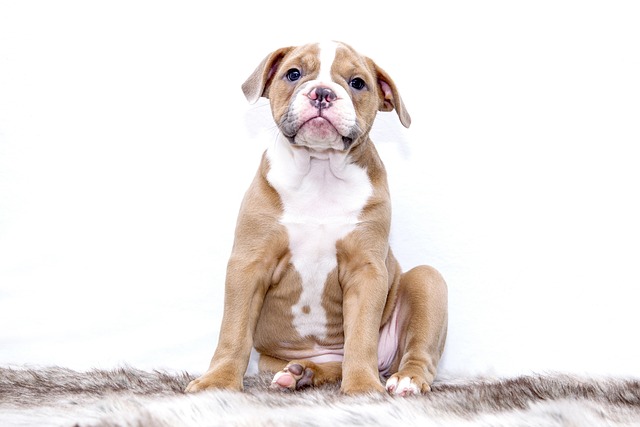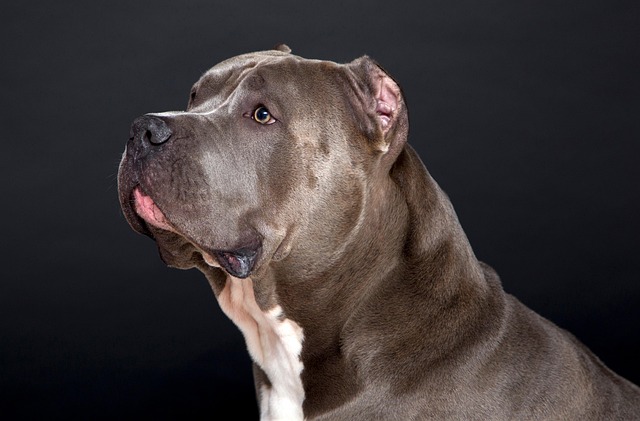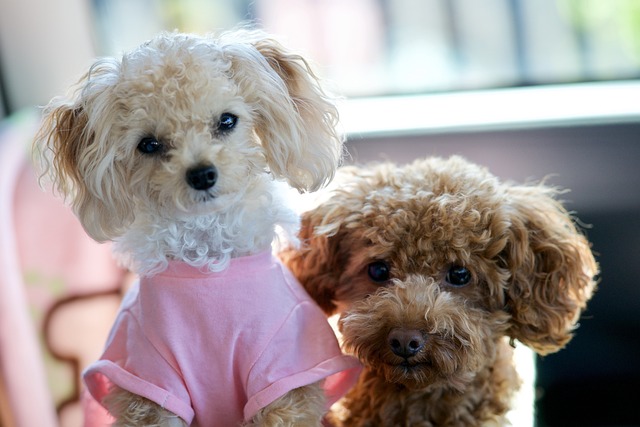
How can a dog get toxoplasmosis?
Pet owners often worry about hidden health risks for their dogs, and toxoplasmosis is one that flies under the radar for many—understanding how dogs pick it up is key to keeping them safe.
If you’re a new dog parent in the US—maybe you’re sitting on your Denver apartment floor, gently cupping your 8-month-old Cocker Spaniel, Lila’s, face, and wincing when you see the pink, irritated skin around her right eye, or you’ve noticed she keeps rubbing that area on your couch cushion until it looks even redder—you’ve probably felt a rush of worry: Did she scratch herself? Is this an infection? Raw skin around a dog’s eye is usually a sign of ongoing irritation, not a one-time accident, and it needs gentle care to heal. Let’s break down why it happens, how to soothe it, and when to call your vet.
First, let’s keep the science simple: The skin around a dog’s eye is paper-thin—way more delicate than the skin on their paws or back. It has almost no protective fur, so even small irritants can make it raw. Common causes? Allergies (to pollen from your apartment plant, dust mites in her bed, or even your laundry detergent), constant scratching (from itchy eyes or eye boogers), or friction (like her long ear flopping into her eye all day). Unlike a minor scratch, raw skin doesn’t heal on its own because the irritation keeps coming back. My friend Jake in Texas learned this with his Beagle, Milo: Milo’s eye skin got raw from rubbing against his plastic food bowl, and Jake thought it would heal on its own—until it started oozing. A vet gave a medicated ointment and suggested a stainless steel bowl, and it cleared up in 5 days.
Here’s how to help your dog’s raw eye skin, step by step: Start with a calm, gentle check—call your dog over with a soft “come here, sweetie” and give her a freeze-dried chicken treat first (positive reinforcement keeps her relaxed; never hold her face tight or scold her if she squirms—punishment goes against US animal welfare norms and will make her fear these checks). Use a damp, unscented cotton ball to gently pat the raw area (don’t rub!)—this cleans away dirt without irritation. If the skin looks dry (not oozing), ask your vet about a dog-safe moisturizing ointment (never use human lotion—it has chemicals that can make her sick if she licks it). For apartment living, remove obvious irritants: Swap scented candles or air fresheners (they irritate eyes), wash her bed in unscented detergent, and trim long fur around her eyes so it doesn’t rub. Keep sessions short (2–3 minutes) so she doesn’t get stressed.
Now, let’s tie in rules and habits that matter. Every US state requires core vaccines (distemper, parvovirus)—distemper can cause eye infections that lead to raw skin, so keeping your dog’s shots up to date isn’t just the law (fines for skipping can hit $150+ in California or New York)—it’s a way to rule out serious illness. When you walk her (even if her eye skin is raw), always clean up her poop—cities from Seattle to Boston fine up to $300 for leaving waste, and outdoor irritants (like grass pollen or dirt) stick to her face when she sniffs, making the raw area worse. If you live in an apartment, avoid letting her stick her head out the window on walks—wind and dust will irritate her eyes more. At the dog park, steer clear of dogs with runny eyes or raw skin—germs spread fast when pups sniff each other’s faces, and you don’t want to make her condition worse.
Raw skin around your dog’s eye needs attention, but it’s almost always treatable. With gentle cleaning, removing irritants, and a vet visit if it doesn’t heal in 2–3 days, you’ll watch that pink, sore area fade. Before you know it, Lila will stop rubbing her eye on the couch and be back to chasing her toy—happy, comfortable, and free from irritation.

Pet owners often worry about hidden health risks for their dogs, and toxoplasmosis is one that flies under the radar for many—understanding how dogs pick it up is key to keeping them safe.

If you’re a new dog parent in the US—maybe you’re standing in your Chicago apartment, staring at your 7-month-old Poodle mix, Bella

Tetanus in dogs comes from bacteria entering open wounds—think a deep cut from a rusty fence nail during a walk, or a scraped paw from digging in contaminated soil.

If you’re a new dog parent to a senior pup in the US—maybe you’re standing in your Arizona apartment, watching your 10-year-old Labrador

Many dog owners panic at the first sign of a swollen abdomen, assuming it’s bloat—a life-threatening condition that demands emergency care.

Many dog owners first notice stomatitis when their pup turns away from favorite kibble or whimpers while chewing.